Fusion of Traditional and Contemporary Ceramics and Pottery
The world of ceramics and pottery is a fascinating blend of history, culture, and innovation. This art form, which dates back thousands of years, has evolved dramatically over time, merging traditional techniques with modern innovations. As we explore this fusion, we uncover how ancient practices continue to influence contemporary artists, resulting in stunning creations that honor the past while pushing the boundaries of what is possible today.
Imagine walking through a gallery filled with vibrant pottery pieces, each telling a story of its own. The intricate patterns and textures reflect not just the skill of the artist but also the rich cultural heritage that has shaped their craft. Traditional ceramics often utilize age-old techniques passed down through generations, such as hand-building, wheel-throwing, and glazing. These methods are steeped in history, serving as a testament to the creativity and resourcefulness of our ancestors.
In contrast, modern ceramics embrace a wide array of techniques and materials that were once unimaginable. Artists today are no longer limited to conventional methods; they are experimenting with everything from 3D printing to eco-friendly materials, creating pieces that are as much about innovation as they are about tradition. This blend of old and new is not just a trend; it is a reflection of our ever-changing world, where cultures collide and creativity knows no bounds.
As we delve deeper into this fusion, we will explore various aspects, including the historical context of ceramics, the impact of modern technology, and the influence of global cultures. Each section reveals how the past and present coexist harmoniously in the realm of ceramics, creating a vibrant tapestry of artistic expression. By understanding the roots of this craft, we can appreciate the innovative paths artists are forging today, making ceramics not just a medium but a dynamic dialogue between history and modernity.
- What are the traditional techniques used in ceramics? Traditional techniques include hand-building, wheel-throwing, and various glazing methods that have been passed down through generations.
- How has technology influenced modern pottery? Technology has introduced advanced tools like 3D printing and design software, allowing artists to create intricate designs and push creative boundaries.
- What materials are commonly used in contemporary ceramics? Artists today use a variety of materials, including eco-friendly clays and innovative glazes that enhance both sustainability and artistic expression.
- How do global cultures influence ceramics? The fusion of diverse cultural influences results in unique styles and techniques, enriching the art form and fostering creativity through cross-cultural collaborations.
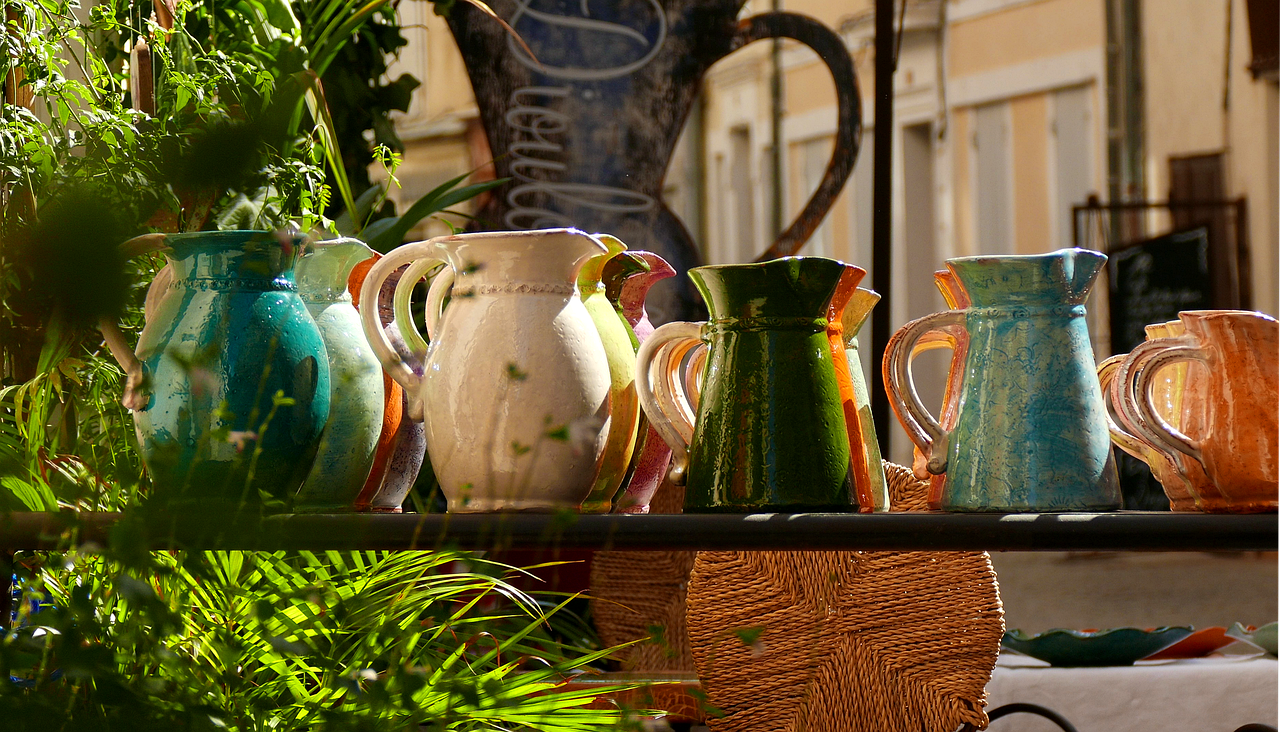
Historical Context of Ceramics
This article explores the blending of traditional techniques with modern innovations in ceramics and pottery, highlighting the evolution of styles, materials, and cultural significance in this timeless art form.
Understanding the origins of ceramics provides profound insight into how traditional practices have shaped contemporary techniques, revealing the rich cultural heritage behind this ancient craft. The art of ceramics dates back thousands of years, with evidence of pottery found in various ancient civilizations, including the Chinese, Egyptian, and Mesoamerican cultures. Each of these cultures contributed unique styles and methods, reflecting their respective environments, resources, and societal values.
For instance, the ancient Chinese were pioneers in creating high-fired porcelain, a technique that not only showcased their artistic finesse but also demonstrated their advanced understanding of materials and firing processes. On the other hand, Egyptian pottery often featured intricate designs and vibrant colors, serving both functional and decorative purposes. The evolution of these techniques has been influenced by various factors, including technological advancements, cultural exchanges, and the availability of resources.
Throughout history, ceramics have played a vital role in human civilization, serving practical functions such as storage and cooking, while also acting as a medium for artistic expression. The cultural significance of pottery is evident in various rituals and traditions, where ceramics were often used in ceremonies, burial practices, and as offerings to deities. This interplay between functionality and artistry has allowed ceramics to endure through the ages, adapting and evolving with each generation.
To illustrate the historical evolution of ceramics, consider the following timeline:
| Period | Key Developments |
|---|---|
| Neolithic Era (circa 10,000 BCE) | First known pottery, primarily utilitarian in nature. |
| Ancient Egypt (circa 3000 BCE) | Introduction of decorative elements and glazes. |
| Han Dynasty (206 BCE - 220 CE) | Advancements in kiln technology and porcelain production. |
| Renaissance (14th - 17th Century) | Revival of classical techniques and introduction of majolica. |
| Modern Era (20th Century - Present) | Integration of technology and contemporary artistic movements. |
This timeline not only highlights key developments in the field of ceramics but also underscores the interconnectedness of cultural practices across different eras and regions. As we delve deeper into the world of ceramics, it becomes clear that this art form is not merely a craft but a reflection of humanity's journey through time, showcasing how our creative expressions evolve while remaining rooted in tradition.
Contemporary pottery incorporates advanced methods and materials, allowing artists to push boundaries and create innovative designs that challenge traditional norms.
The integration of digital technology in ceramics has revolutionized design processes, enabling artists to experiment with new forms and intricate details previously unattainable by hand.
3D printing technology is making waves in the pottery world, allowing for unprecedented precision and customization in ceramic designs, thus blending art with technology.
Various software tools now assist artists in visualizing and planning their ceramic creations, making it easier to explore complex shapes and patterns.
The introduction of new materials, such as eco-friendly clays and glazes, is reshaping the landscape of ceramics, encouraging sustainability while enhancing artistic expression.
The fusion of diverse cultural influences in ceramics enriches the art form, resulting in unique styles that reflect a blend of traditions and contemporary aesthetics.
Collaborations between artists from different cultural backgrounds foster creativity and innovation, leading to new interpretations and movements within the ceramics community.
Many contemporary artists are revisiting and revitalizing traditional pottery techniques, merging them with modern aesthetics to create a dialogue between past and present.
As the field of ceramics continues to evolve, upcoming trends will likely focus on sustainability, technology integration, and the exploration of new artistic expressions that challenge conventional boundaries.
1. What are the primary materials used in ceramics?
Ceramics can be made from a variety of materials, including clay, porcelain, stoneware, and earthenware. Each material has its own unique properties and uses in pottery.
2. How has technology impacted the ceramics industry?
Technology has introduced new tools and methods, such as 3D printing and digital design software, allowing artists to create more intricate and precise works than ever before.
3. Are there sustainable practices in ceramics?
Yes, many artists are now using eco-friendly materials and processes, such as recycled clays and non-toxic glazes, promoting sustainability in their work.
4. Can traditional techniques still be relevant today?
Absolutely! Many contemporary artists are reviving traditional techniques and merging them with modern aesthetics, creating a rich dialogue between the past and present.
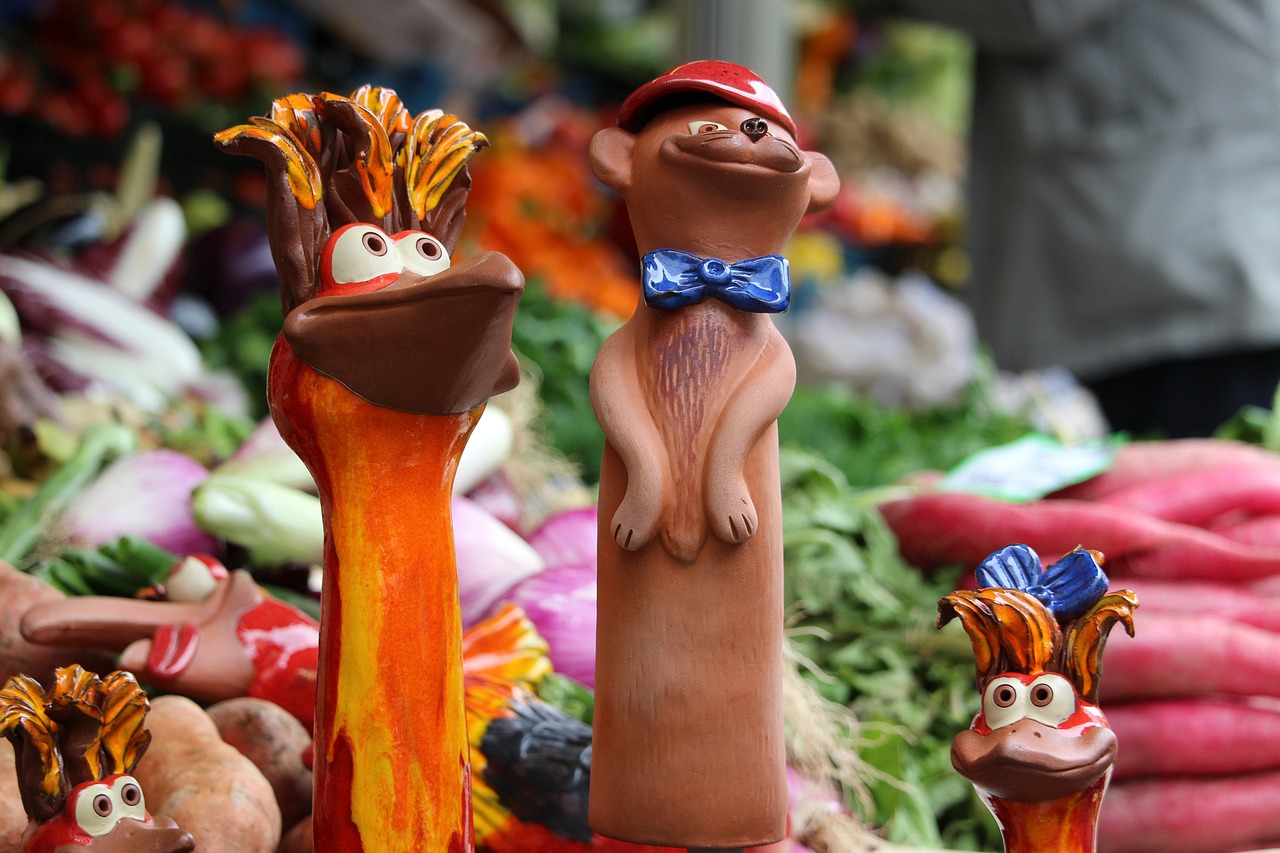
Modern Techniques in Pottery
In the vibrant world of pottery, modern techniques have taken center stage, transforming how artists approach this age-old craft. Gone are the days when potters relied solely on their hands and basic tools; today, a fusion of technology and creativity is reshaping the landscape. Artists are now equipped with an arsenal of advanced methods and innovative materials that allow them to push the boundaries of traditional pottery. Can you imagine a world where clay can be manipulated with the precision of a computer? Well, that world is here, and it's as exciting as it sounds!
One of the most significant advancements is the use of digital tools. These tools have revolutionized the design process for potters, enabling them to create intricate designs that were once thought impossible. With software programs specifically tailored for ceramics, artists can visualize their creations in 3D, making it easier to experiment with shapes and patterns. This digital approach not only streamlines the creative process but also enhances the overall quality of the finished product. Think of it as a digital canvas where the possibilities are endless!
Moreover, the integration of 3D printing technology into pottery has opened up new avenues for artists. This method allows for unprecedented precision and customization in ceramic designs. Imagine being able to print a delicate vase with the finest details, all while ensuring that every curve and line is exactly as envisioned. This technology blends art with engineering, creating pieces that are not only beautiful but also structurally sound. It's like having a magic wand that brings your artistic dreams to life!
But let’s not forget the role of software for design. Various programs are now available that assist artists in planning their ceramic creations. These tools allow potters to experiment with color palettes, textures, and forms, making it easier to bring their visions to life. Artists can create digital prototypes, tweak their designs, and visualize how different materials will interact before even touching the clay. This process is akin to being a chef who can perfect a recipe in their mind before cooking it—how empowering is that?
As we delve deeper into the realm of material innovations, we find that the introduction of eco-friendly clays and glazes is reshaping the pottery landscape. Artists are increasingly conscious of their environmental footprint, leading to a surge in sustainable practices. By using materials that are less harmful to the planet, potters can express their creativity while being responsible stewards of the earth. This shift not only enhances artistic expression but also resonates with a growing audience that values sustainability.
In conclusion, the modern techniques in pottery are a testament to the evolution of this timeless art form. With the integration of technology, artists can explore new dimensions of creativity and craftsmanship. Whether through digital tools, 3D printing, or innovative materials, the future of pottery is bright, and the possibilities are as limitless as the artists' imaginations. So, are you ready to embrace this exciting new era of pottery?
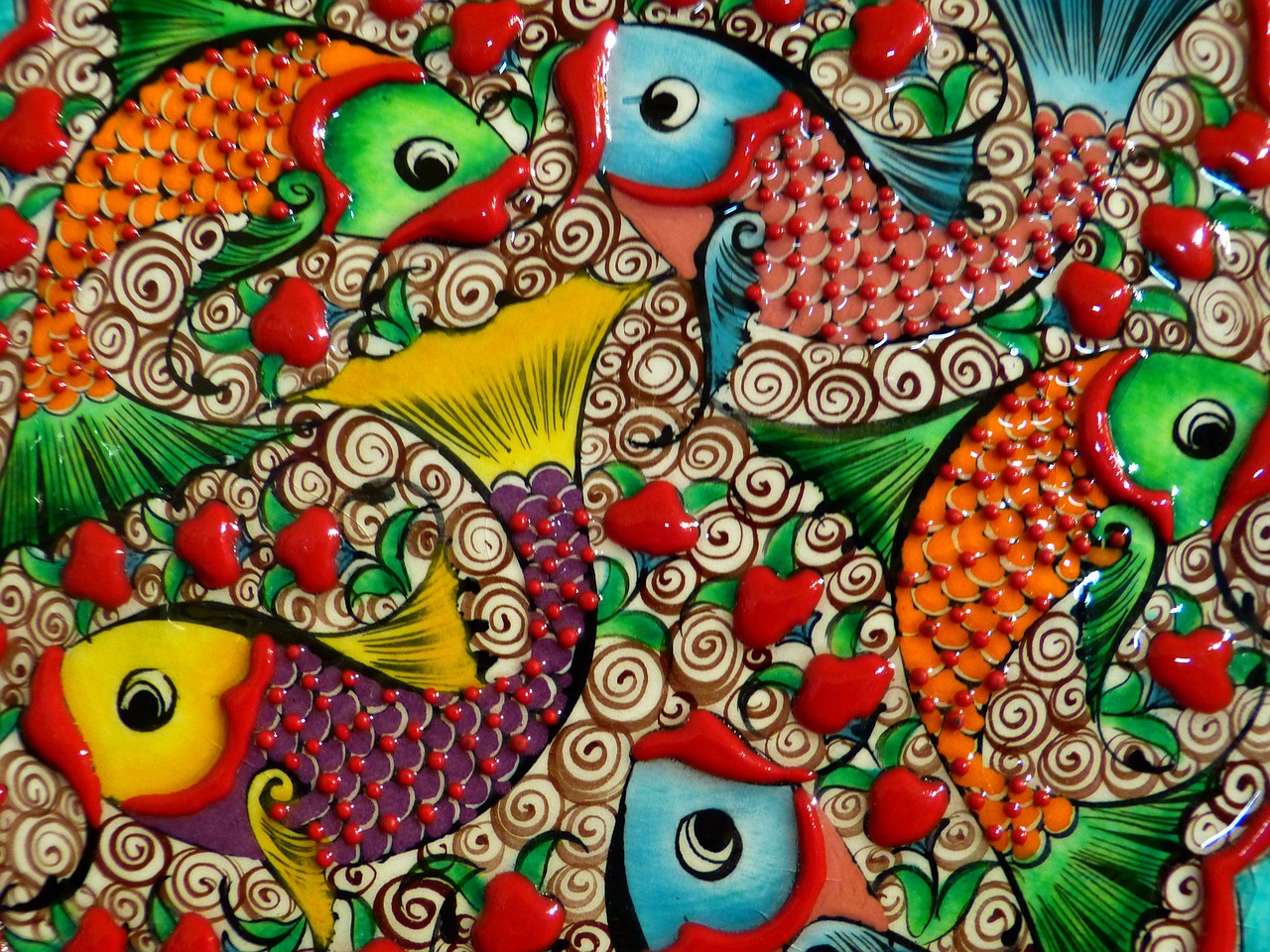
Digital Tools and Ceramics
The world of ceramics has undergone a remarkable transformation with the advent of digital tools. These technologies have not only changed how artists create but also expanded the possibilities of what can be achieved in this ancient craft. Imagine standing in a studio, surrounded by traditional clay and tools, and then suddenly, your computer screen lights up with a 3D model of a pot that you can manipulate at will. This fusion of the digital and physical realms has made it easier for artists to visualize their ideas before they even touch the clay.
One of the most exciting aspects of digital tools is how they allow for experimentation. Artists can easily test out different shapes, sizes, and textures without the commitment that comes with traditional methods. By using software such as Rhino or Blender, potters can create intricate designs that would be incredibly time-consuming or even impossible to achieve by hand. This not only saves time but also opens the door to a new level of creativity. For instance, a potter can design a piece with complex geometric patterns, tweak it endlessly, and then bring it to life with precision.
Moreover, the integration of 3D printing technology has truly revolutionized the pottery landscape. Imagine being able to print a ceramic piece layer by layer, achieving a level of detail that was previously unimaginable. 3D printing allows artists to create customized pieces tailored to specific requirements, whether for art installations, functional ware, or even architectural elements. The ability to print intricate designs means that artists can focus on their creative vision without being limited by traditional methods.
However, there are challenges that come with this digital renaissance. As artists embrace these tools, they must also consider how to maintain the human touch that makes ceramics so unique. After all, part of the charm of pottery lies in its imperfections and the stories behind each piece. The key is finding a balance between technology and traditional craftsmanship. Many artists are now blending the two, using digital tools for design and planning while still relying on their hands for the final creation.
In conclusion, the rise of digital tools in ceramics is not just a trend; it's a paradigm shift that is redefining what it means to be a ceramic artist today. As more creators adopt these technologies, we can expect to see an even greater fusion of traditional and contemporary practices. The future of ceramics is bright, and it’s exciting to think about the possibilities that lie ahead.
- What digital tools are commonly used in ceramics? Artists often use software like Rhino, Blender, and AutoCAD for design, along with 3D printing technology for creating intricate pieces.
- Can traditional pottery techniques be combined with digital methods? Absolutely! Many artists are successfully merging traditional handcrafting methods with digital design and printing to create unique works.
- What are the benefits of using digital tools in ceramics? Digital tools allow for greater precision, experimentation, and the ability to visualize designs before committing to the physical material.
- Does using digital tools take away from the art of pottery? While some argue this point, many believe that combining digital and traditional methods enhances creativity and opens new avenues for artistic expression.
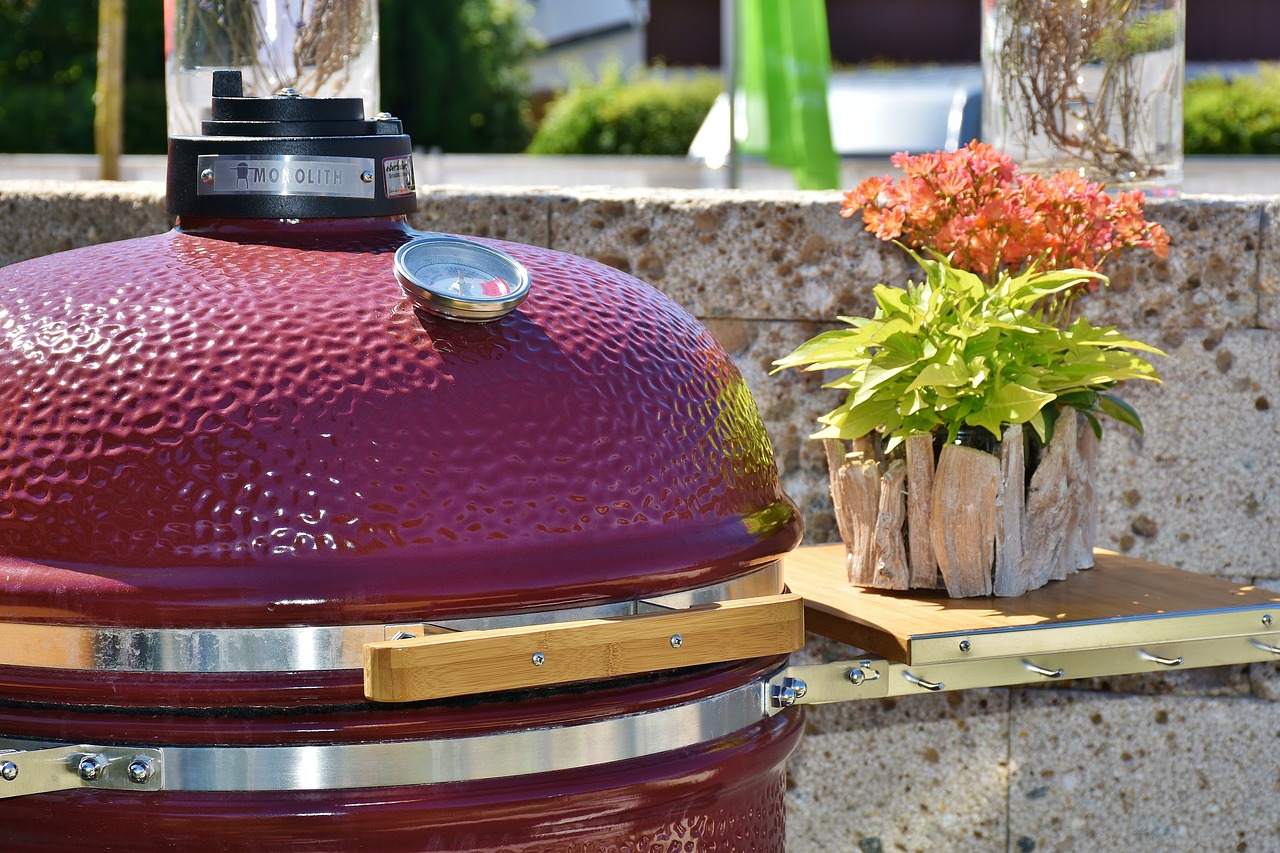
3D Printing in Pottery
3D printing is not just a buzzword; it's a revolutionary force shaking up the world of pottery! Imagine being able to create intricate designs that were once only a dream for potters. This technology allows artists to push the boundaries of creativity, enabling them to craft pieces with precision that traditional methods simply can't match. With 3D printing, the possibilities are endless, and the results are nothing short of breathtaking.
At its core, 3D printing in pottery involves using a computer-aided design (CAD) program to create a digital model of the desired piece. Once the design is finalized, a 3D printer layers materials—often a clay-like substance—according to the digital blueprint. This process not only speeds up production but also allows for complex geometries and details that would be incredibly challenging to achieve by hand. For instance, think about how a spider weaves its web; each strand is meticulously placed to create a stunning structure. Similarly, 3D printing weaves layers of clay to form intricate designs.
Moreover, the integration of 3D printing into pottery isn't just about aesthetics; it also opens doors for customization. Artists can now produce personalized items tailored to individual tastes. Whether it’s a unique vase for a special occasion or a set of dinnerware that reflects a person's style, 3D printing makes it possible. This level of customization is akin to having a tailor-made suit—each piece is designed to fit perfectly with the owner's preferences and lifestyle.
However, it's essential to note that while 3D printing offers numerous advantages, it also presents challenges. For instance, the technology requires a significant investment in equipment and software, which can be a barrier for many artists. Additionally, there’s a learning curve associated with mastering the tools and techniques necessary for successful 3D printing. Yet, as more potters embrace this technology, we can expect to see an exciting fusion of traditional craftsmanship and modern innovation.
In summary, 3D printing is not just a trend; it's a transformative tool that is reshaping the landscape of pottery. As artists continue to explore and experiment with this technology, we can anticipate a new wave of ceramic art that marries the best of both worlds—traditional techniques and contemporary creativity. The future of pottery is bright, and 3D printing is leading the charge!
- What is 3D printing in pottery? 3D printing in pottery refers to the use of additive manufacturing technology to create ceramic pieces by layering materials based on a digital design.
- How does 3D printing enhance pottery? It allows for intricate designs and customization options that would be difficult or impossible to achieve with traditional pottery techniques.
- Are there any downsides to using 3D printing in pottery? Yes, it requires significant investment in technology and has a learning curve for artists to master the necessary skills.
- Can 3D printed pottery be functional? Absolutely! Many 3D printed pieces are designed for practical use, including dinnerware and decorative items.
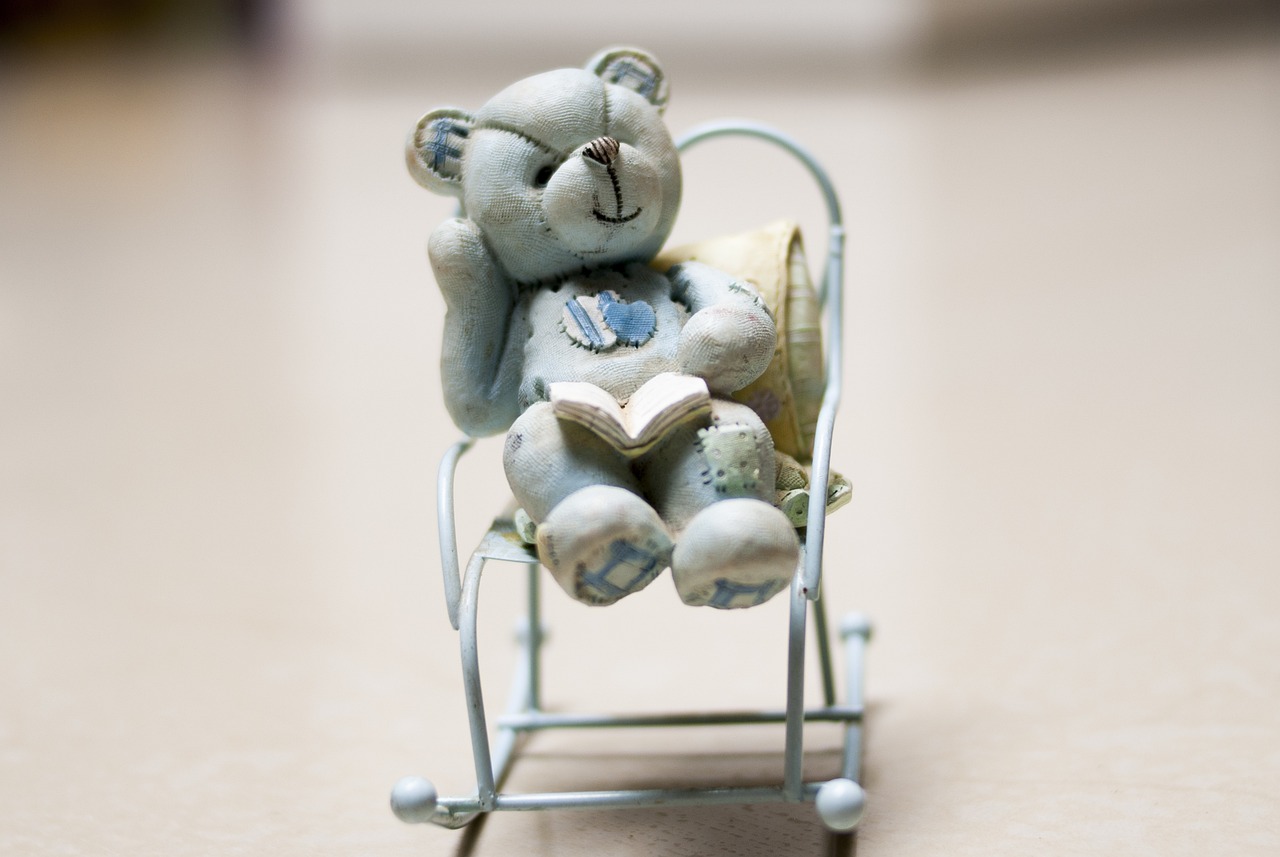
Software for Design
In the ever-evolving world of ceramics, the advent of software tools has transformed the way artists approach their craft. Gone are the days when ceramicists relied solely on their hands and intuition; today, technology plays a pivotal role in the design process. With a range of specialized programs available, artists can now visualize their creations in intricate detail before they even touch a lump of clay. Imagine being able to see a 3D model of your pot or sculpture on a screen, tweaking every curve and angle with just a few clicks! This level of precision not only enhances creativity but also reduces the margin for error in the final product.
One of the most exciting aspects of these design software tools is their ability to facilitate experimentation. Artists can explore complex shapes and patterns that would be nearly impossible to achieve by hand. For instance, software like Rhinoceros and Fusion 360 allow for the creation of intricate geometries that challenge traditional forms. Additionally, programs such as SketchUp provide user-friendly interfaces that make it accessible for beginners, while still offering advanced features for seasoned professionals. This democratization of technology means that anyone with a passion for ceramics can dive into the world of digital design.
Furthermore, these design tools often come equipped with features that allow artists to simulate different materials and glazes. This capability is particularly beneficial when it comes to planning a piece that requires specific finishes or textures. For example, a ceramicist can visualize how a particular glaze will react with the clay body, helping them make informed decisions that enhance the final aesthetic of their work. The software can even generate realistic renderings, giving artists a clear idea of what their finished product will look like, thus inspiring confidence in their creative choices.
Moreover, the integration of software in ceramics is not just about aesthetics; it also opens up avenues for collaboration. Artists can easily share their digital designs with others, making it simpler to work together on projects or to seek feedback from peers. This collaborative spirit can lead to innovative ideas that might not have emerged in isolation. As the boundaries between traditional craftsmanship and digital technology continue to blur, the ceramics community is witnessing a vibrant exchange of ideas, pushing the art form into exciting new territories.
To summarize, the incorporation of software in ceramic design is a game-changer. It empowers artists to explore their creativity like never before while maintaining a connection to traditional practices. As technology continues to advance, we can only imagine the stunning creations that will emerge from this fusion of art and innovation.
- What is the best software for ceramic design? The best software depends on your needs, but popular choices include Rhino, Fusion 360, and SketchUp.
- Can beginners use design software? Absolutely! Many programs are user-friendly and offer tutorials to help beginners get started.
- How does software improve the ceramic design process? Software allows for precise modeling, experimentation with materials, and easy collaboration, enhancing creativity and efficiency.
- Is digital design replacing traditional pottery techniques? No, digital design complements traditional techniques, allowing artists to innovate while respecting their craft's heritage.
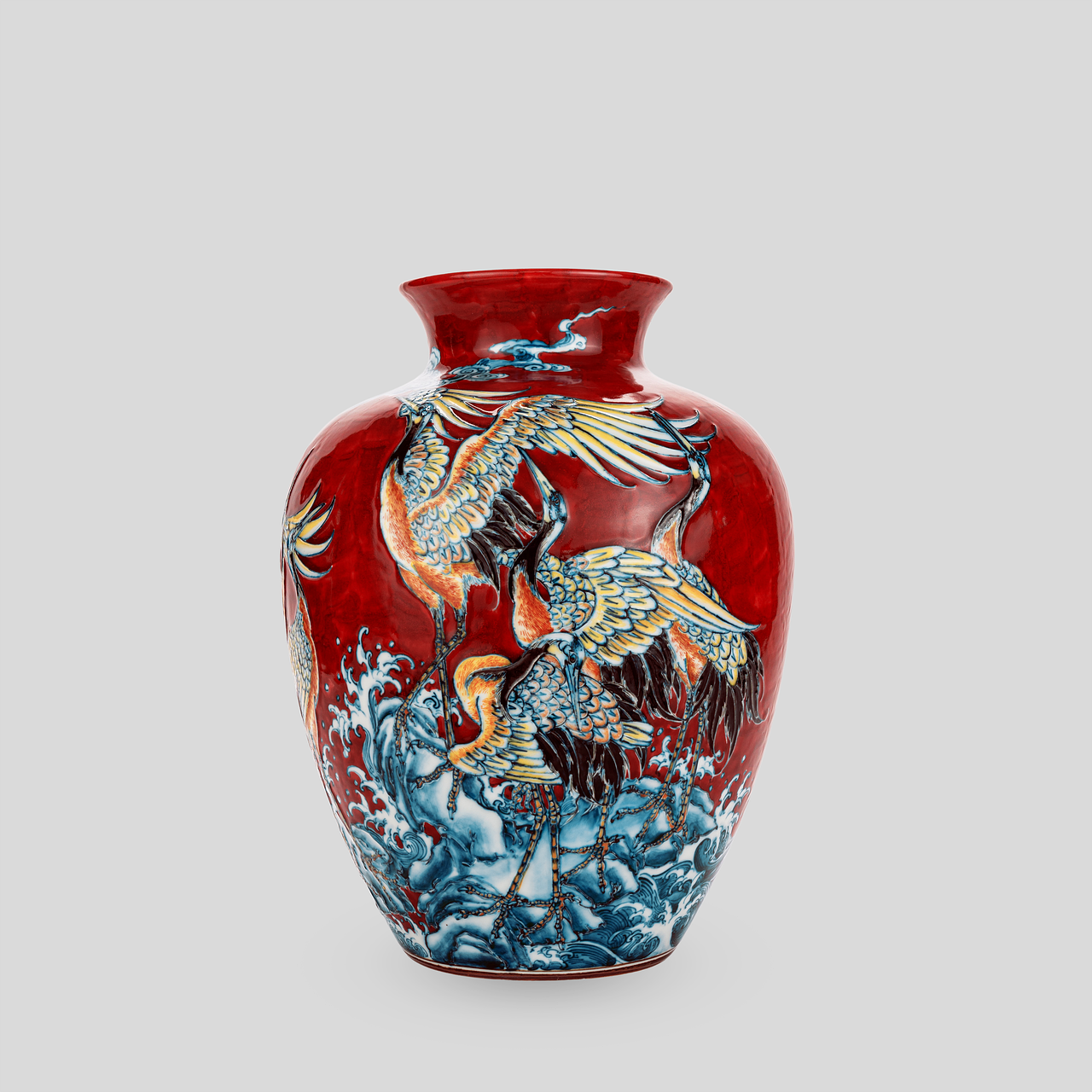
Material Innovations
In the world of ceramics and pottery, the introduction of new materials has sparked a creative revolution. Artists are no longer confined to the traditional clays and glazes that have characterized the craft for centuries. Instead, they are exploring a diverse array of innovative materials that not only enhance the aesthetic appeal of their work but also promote sustainability. This shift is akin to a painter discovering a new palette of colors; it opens up a world of possibilities for expression and design.
One of the most exciting developments in this arena is the rise of eco-friendly clays. These materials are crafted from sustainable resources, minimizing environmental impact while maintaining the quality and durability that potters seek. For instance, some artists are utilizing recycled clay, which not only reduces waste but also adds a unique texture and character to their pieces. This trend is not just about environmental consciousness; it’s about creating a new narrative in the art of pottery, where each piece tells a story of sustainability.
Furthermore, the innovation of glazes has taken a leap forward. Traditional glazes often contained harmful chemicals, but modern formulations have shifted towards more natural ingredients. Artists are experimenting with mineral-based glazes that produce vibrant colors and unique finishes without compromising safety. This change is significant, as it allows for greater artistic freedom while adhering to health and environmental standards.
To illustrate the impact of these material innovations, consider the following table that highlights some of the key advancements in ceramics:
| Material Type | Description | Benefits |
|---|---|---|
| Eco-Friendly Clays | Clays sourced from sustainable materials or recycled sources. | Reduces environmental impact, adds unique textures. |
| Mineral-Based Glazes | Glazes made from natural minerals that produce vibrant colors. | Safer for health, environmentally friendly, enhances artistic expression. |
| High-Temperature Ceramics | Clays that can withstand higher firing temperatures. | Increased durability, allows for intricate designs. |
The fusion of these innovative materials with traditional techniques is creating a new wave of creativity in the ceramics community. Artists are not just making pots and vases; they are crafting narratives that reflect their values and aspirations. The dialogue between tradition and modernity is vibrant and ongoing, with each new material offering a fresh perspective on what pottery can be.
As we look to the future, the emphasis on sustainability and innovation in materials will likely continue to shape the ceramics landscape. Artists are becoming more aware of their environmental footprint and are committed to making choices that reflect their dedication to the planet. This commitment not only enriches their work but also inspires others to consider the impact of their own creative practices.
- What are eco-friendly clays? Eco-friendly clays are made from sustainable or recycled materials, minimizing environmental impact.
- How have glazes changed in modern pottery? Modern glazes are often mineral-based, safer for health, and environmentally friendly compared to traditional formulations.
- Why is material innovation important in ceramics? Material innovation allows artists to explore new forms of expression while promoting sustainability in their work.

Influence of Global Cultures
The world of ceramics is a vibrant tapestry woven from the threads of various cultures, each contributing unique techniques, styles, and philosophies. As artists travel and share their experiences, they bring with them a wealth of knowledge that transcends geographical boundaries. This fusion of global influences not only enriches the art form but also creates a dialogue that connects us to our shared human experience. Imagine walking through a gallery where each piece tells a story—stories of ancient traditions, modern innovation, and the interplay between them. This is the essence of contemporary ceramics.
One of the most fascinating aspects of this cultural exchange is how traditional methods from one part of the world can find new life in another. For instance, the intricate patterns of Japanese Raku pottery can inspire potters in Europe to experiment with glazing techniques that reflect their own cultural heritage. This blending of styles results in a diverse array of ceramics that showcase the beauty of cross-cultural collaboration.
Moreover, the rise of global communication has made it easier than ever for artists to connect and collaborate. Social media platforms, online workshops, and international exhibitions have become vital spaces for sharing ideas and techniques. Artists can now collaborate from different continents, creating pieces that are a true testament to their diverse backgrounds. This interconnectedness fosters a new wave of creativity, where artists are not just influenced by their own traditions but also by the traditions of others.
Take, for example, the increasing popularity of Mexican Talavera pottery in contemporary design. Artists from various backgrounds have adopted this vibrant style, incorporating its bold colors and intricate patterns into their own work. This not only preserves the traditional technique but also revitalizes it, making it relevant in today's art scene. The result is a stunning collection of ceramics that pay homage to their roots while pushing the boundaries of what is possible.
Additionally, the influence of global cultures is evident in the materials used in ceramics. Artists are increasingly turning to sustainable and locally sourced materials, inspired by traditional practices from around the globe. For instance, the use of natural pigments derived from indigenous plants can be found in various cultures, and this practice is being embraced by modern potters as they seek to create environmentally friendly works. This not only enhances the artistic expression but also promotes sustainability in the ceramics industry.
In essence, the influence of global cultures on ceramics is a dynamic and evolving narrative. As artists continue to explore and experiment, we can expect to see even more innovative designs that reflect a rich tapestry of cultural heritage. The beauty of this art form lies in its ability to adapt and grow, creating a space where tradition and modernity coexist harmoniously.
As we look to the future, it's clear that the influence of global cultures will remain a driving force in the evolution of ceramics. The ongoing dialogue between artists from different backgrounds will continue to inspire new techniques, styles, and ideas, ensuring that this timeless art form remains vibrant and relevant in our ever-changing world.
- What are some traditional ceramic techniques that influence modern pottery?
Many traditional techniques, such as wheel throwing, hand-building, and glazing methods, have been adapted and reinterpreted by contemporary artists to create innovative designs. - How do global cultures impact the materials used in ceramics?
Artists are increasingly using sustainable and locally sourced materials, often inspired by traditional practices from various cultures, which enhances both the artistic expression and environmental sustainability. - Can you give examples of cross-cultural collaborations in ceramics?
Collaborations often occur through workshops, exhibitions, and online platforms where artists from different backgrounds come together to share techniques and create unique pieces that reflect their diverse influences.
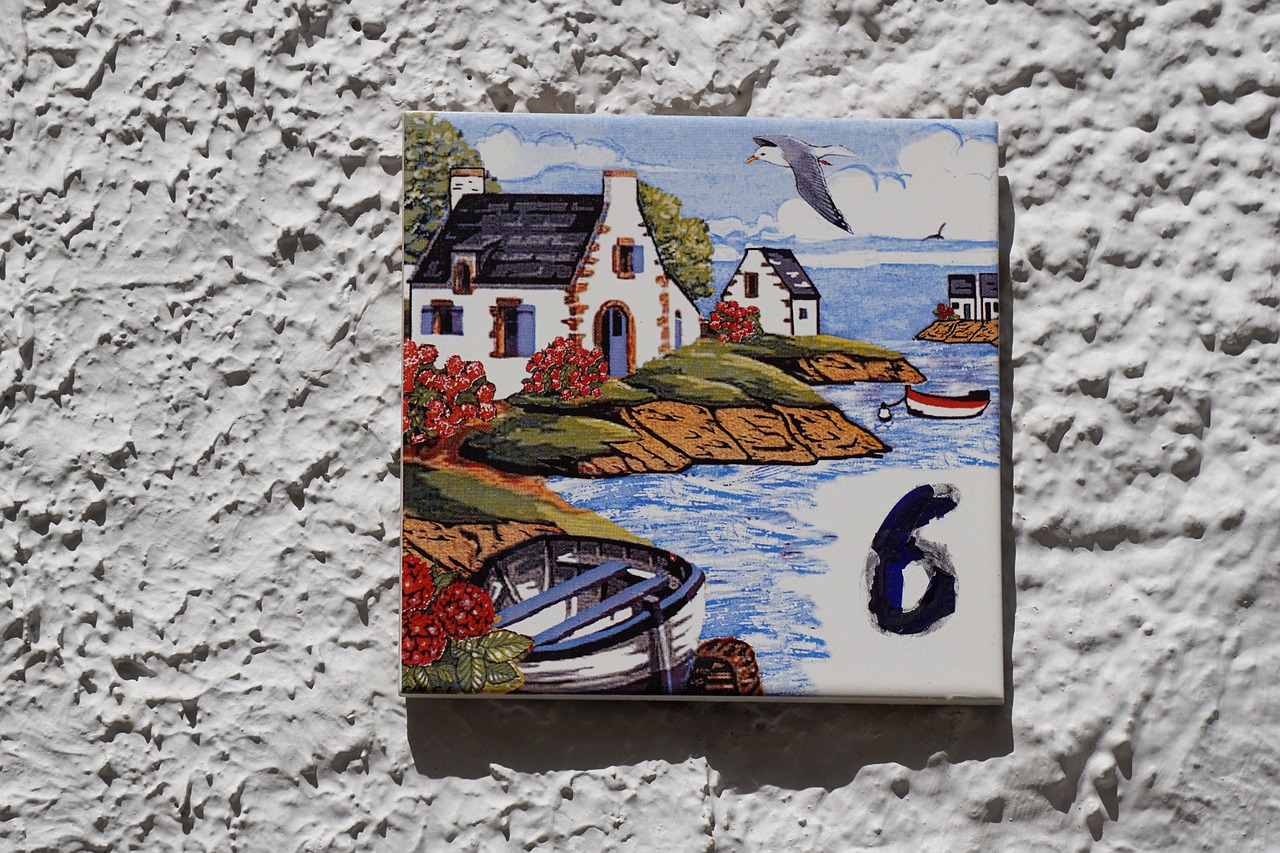
Cross-Cultural Collaborations
The world of ceramics is a vibrant tapestry woven from countless cultural threads, each contributing its unique hue and texture to the overall design. in pottery and ceramics are more than just artistic partnerships; they are a celebration of diversity and creativity that transcends geographical boundaries. Imagine an artist from Japan joining forces with a potter from Mexico, blending traditional raku techniques with vibrant Talavera patterns. The result? A stunning fusion that tells a story of two cultures coming together, each enriching the other.
These collaborations often lead to innovative techniques and styles that challenge the conventional norms of pottery. For instance, an artist might incorporate the delicate glazing methods of one culture while employing the robust shaping techniques of another. This not only enhances the aesthetic appeal of their work but also fosters a deeper understanding of the cultural significance behind each technique. The beauty of cross-cultural collaborations lies in their ability to create something entirely new, yet deeply rooted in tradition.
Moreover, such partnerships can serve as a platform for dialogue and education. When artists from different backgrounds collaborate, they share their stories, techniques, and philosophies, enriching the artistic community as a whole. This exchange of ideas can lead to workshops, exhibitions, and even community projects that highlight the importance of cultural heritage in contemporary art. For instance, a recent exhibition showcased works from artists across Asia, Africa, and Europe, demonstrating how traditional motifs can be reinterpreted in modern contexts.
Additionally, these collaborations often emphasize sustainability, a growing concern in the art world. By combining traditional methods with contemporary materials, artists can create pieces that are not only beautiful but also environmentally friendly. For example, a potter from India might collaborate with a ceramicist from Scandinavia to develop eco-friendly glazes that maintain the vibrancy of their respective cultures. This kind of innovation not only preserves cultural heritage but also promotes a sustainable future for the craft.
In conclusion, cross-cultural collaborations in ceramics are a powerful reminder of the interconnectedness of our world. They challenge artists to think outside the box, embrace new ideas, and celebrate the rich tapestry of human expression. As these collaborations continue to flourish, we can anticipate a future where the boundaries of traditional and contemporary ceramics blur even further, creating a dynamic art form that is as diverse as the cultures from which it originates.
- What are cross-cultural collaborations in ceramics?
Cross-cultural collaborations in ceramics refer to partnerships between artists from different cultural backgrounds, where they blend their unique techniques and styles to create innovative and diverse pottery. - How do these collaborations influence modern pottery?
These collaborations enrich modern pottery by introducing new techniques, materials, and perspectives, leading to unique designs that reflect a fusion of traditions. - Can cross-cultural collaborations promote sustainability?
Yes, many collaborations focus on sustainable practices by combining traditional methods with modern eco-friendly materials, resulting in beautiful and environmentally conscious art.
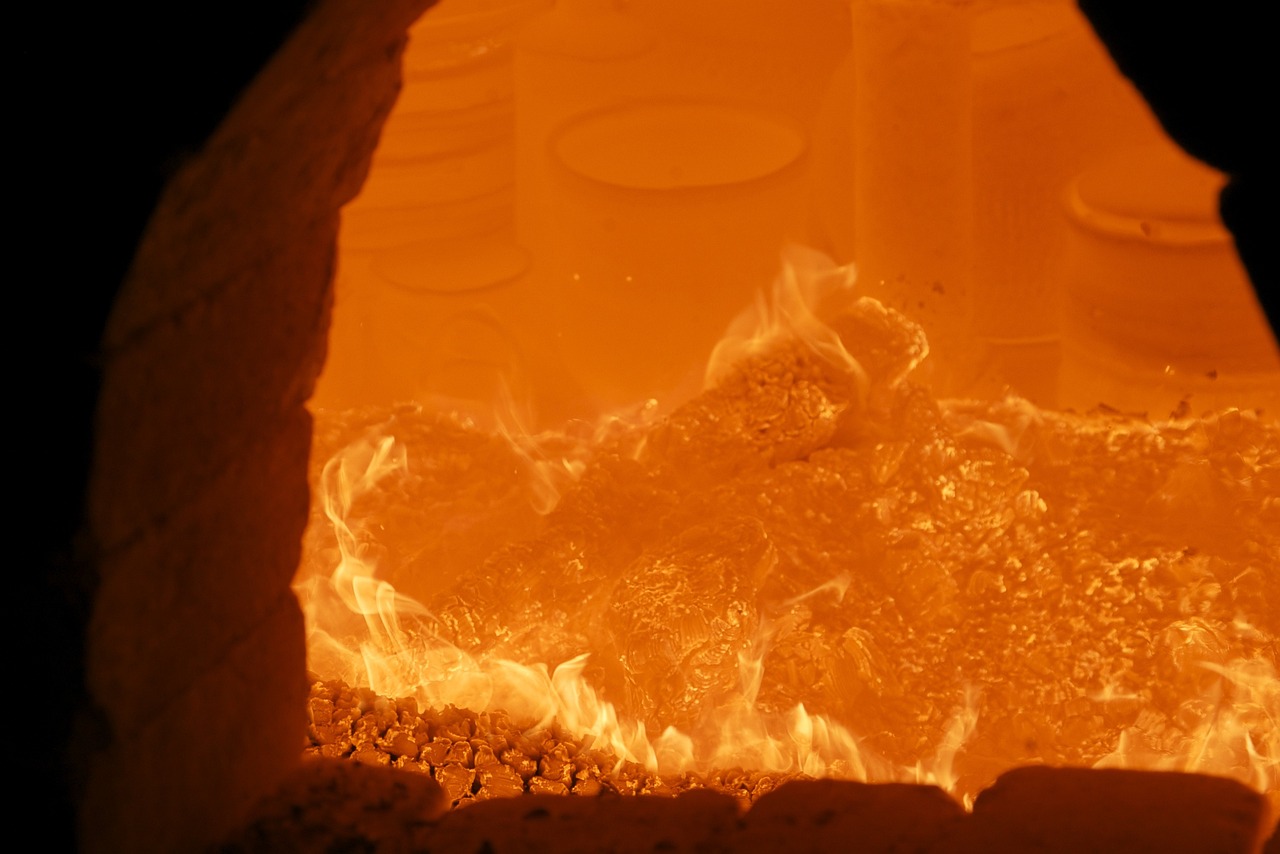
Revival of Traditional Techniques
The in ceramics is not just a trend; it's a powerful movement that connects the past with the present. Artists today are diving deep into ancient methods, rediscovering the beauty and craftsmanship that defined pottery centuries ago. Imagine walking through a gallery where each piece tells a story—a narrative woven from the hands of artisans who once shaped clay with the same passion and precision. This resurgence is akin to finding an old photograph that sparks nostalgia, reminding us of our roots while inspiring modern creativity.
One of the most fascinating aspects of this revival is how contemporary artists are blending these age-old techniques with modern aesthetics. For instance, techniques like raku firing, which originated in Japan, are being used to create stunning pieces that reflect a contemporary vision. The unpredictable nature of raku, where ceramics are removed from the kiln while glowing hot and then subjected to a reduction process, results in unique textures and colors that captivate viewers. Artists are not just replicating these methods; they are reinterpreting them, infusing their personal styles and cultural narratives into each creation.
Moreover, the revival of traditional techniques serves a greater purpose: it fosters a sense of community and cultural identity. Artists are often inspired by their heritage, and by employing traditional methods, they pay homage to their ancestors while educating others about the significance of these practices. This is particularly evident in regions where pottery has historical roots, such as the Mediterranean or East Asia. Workshops and classes are popping up, inviting enthusiasts to learn these techniques firsthand. It's not just about making pottery; it’s about sharing stories, traditions, and techniques that have been passed down through generations.
However, the revival is not without its challenges. As artists strive to maintain authenticity, they must also navigate the modern art market's demands. Balancing traditional craftsmanship with contemporary expectations can be a tightrope walk. Yet, many find that this challenge fuels their creativity, pushing them to innovate while staying true to their roots. For instance, some potters are experimenting with hybrid techniques, combining traditional glazing methods with modern materials to create pieces that are both timeless and relevant.
In conclusion, the revival of traditional techniques in ceramics is a vibrant testament to the art form's resilience and adaptability. It invites us to consider how history shapes our present and future. As artists continue to explore and redefine these age-old practices, they not only honor their heritage but also pave the way for future generations to appreciate the beauty of pottery as a living art form. This dialogue between past and present is essential, reminding us that while techniques may evolve, the passion for creating art remains eternal.
- What are some traditional techniques used in ceramics? Traditional techniques include wheel throwing, hand-building, slip casting, and various firing methods such as raku and pit firing.
- How can I learn traditional pottery techniques? Many local studios and community colleges offer classes that focus on traditional pottery methods. Online platforms also provide tutorials and workshops.
- Why is the revival of traditional techniques important? It helps preserve cultural heritage, fosters community connections, and encourages sustainable practices in art.
- Can modern technology be used with traditional techniques? Absolutely! Many artists are incorporating modern tools like digital design software and 3D printing to enhance traditional methods.
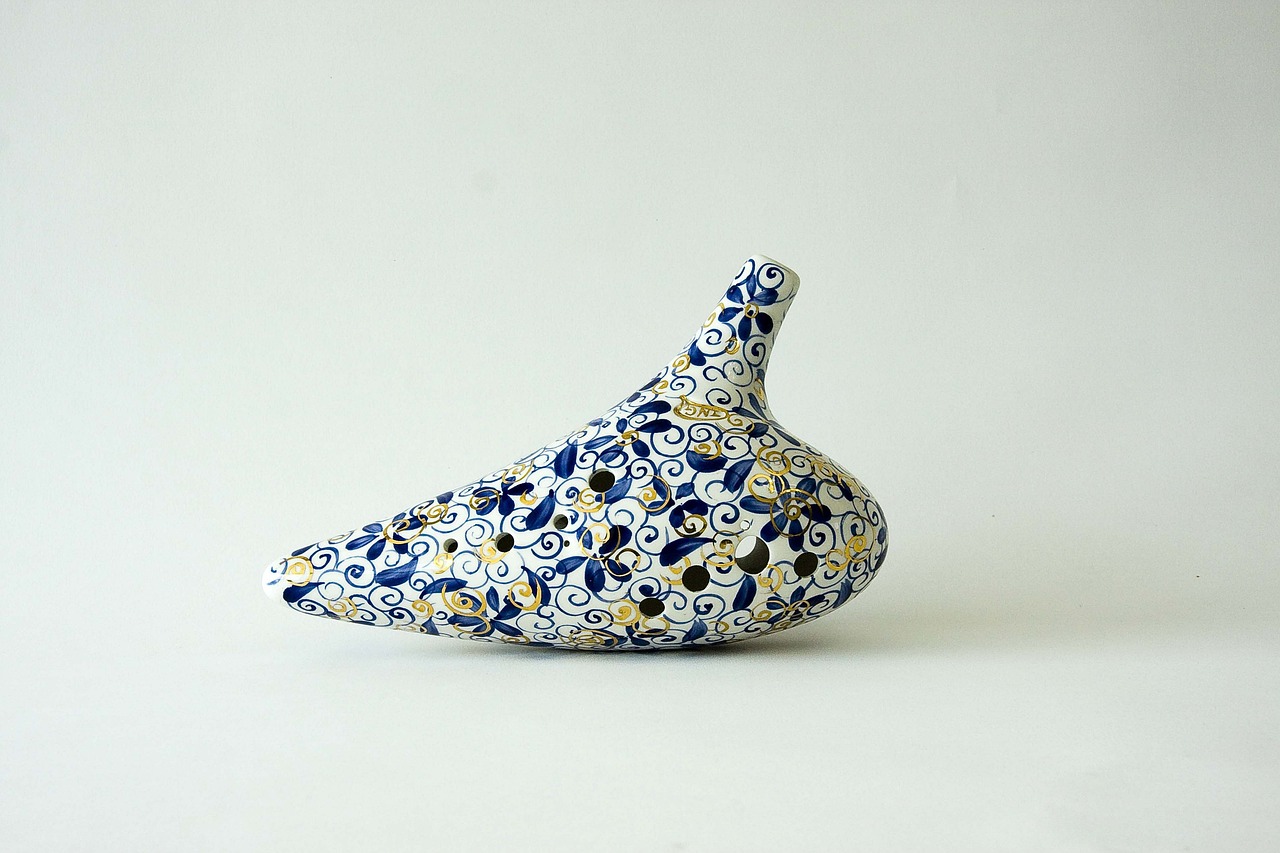
Future Trends in Ceramics
The world of ceramics is on the brink of an exciting transformation as we look toward the future. With the rapid advancement of technology and a growing emphasis on sustainability, the landscape of ceramics is evolving in ways we could only dream of a few decades ago. Artists and potters are not just creating beautiful pieces; they are also making statements about our environment, culture, and the very essence of art itself. So, what can we expect in the coming years? Let’s dive into some of the most promising trends that are shaping the future of ceramics.
One of the most significant trends is the **sustainable approach** to materials and processes. As awareness of environmental issues grows, artists are increasingly seeking out eco-friendly clays, glazes, and firing techniques. This shift not only helps reduce the carbon footprint of ceramic production but also encourages a more conscious relationship with the materials we use. For instance, many artists are experimenting with recycled materials or locally sourced clays, which not only supports local economies but also minimizes transportation emissions. The result? Stunning pieces that tell a story of sustainability and responsibility.
Another exciting trend is the integration of **technology** into the ceramics field. 3D printing, for example, is revolutionizing how artists conceptualize and create their work. This technology allows for intricate designs that would be nearly impossible to achieve by hand. Imagine a ceramic piece that is not just a vessel but a complex structure that plays with light and shadow in mesmerizing ways. With 3D printing, the possibilities are endless. Additionally, software tools are becoming more sophisticated, enabling artists to visualize their designs in a virtual space before committing to the physical material. This fusion of art and technology is pushing the boundaries of what ceramics can be.
Moreover, we are witnessing a **global exchange of ideas** that is enriching the ceramics community. Artists from diverse backgrounds are collaborating, sharing techniques, and blending cultural influences to create unique styles. This cross-pollination of ideas not only fosters creativity but also celebrates the rich tapestry of human expression. For instance, an artist might incorporate traditional Japanese glazing techniques with modern design aesthetics, resulting in a piece that honors the past while looking boldly toward the future. This dialogue between cultures is essential for the evolution of ceramics as an art form.
Lastly, the revival of traditional techniques is making a significant comeback. While modern innovations are exciting, many artists are recognizing the value of age-old methods and are integrating them into their contemporary practices. This trend creates a beautiful dialogue between the past and present, allowing for a deeper appreciation of the craft. Techniques such as hand-building, slip casting, and raku firing are being reinterpreted through a modern lens, resulting in pieces that resonate with both history and innovation.
In summary, the future of ceramics is a thrilling blend of sustainability, technology, cultural exchange, and a revival of traditional methods. As artists continue to explore new materials and techniques, we can expect to see a vibrant and dynamic evolution of this ancient craft. The possibilities are as limitless as the imagination itself, and it’s a journey we can’t wait to witness.
- What materials are considered eco-friendly in ceramics? Eco-friendly materials include recycled clays, natural glazes, and sustainably sourced raw materials.
- How is technology impacting the ceramics industry? Technology, particularly 3D printing and design software, allows for greater precision and innovation in ceramic art.
- Can traditional techniques still be relevant today? Absolutely! Many contemporary artists are reviving traditional techniques and merging them with modern aesthetics to create unique pieces.
- What role do cultural collaborations play in ceramics? Cultural collaborations foster creativity and innovation, leading to new styles and interpretations in the ceramics community.
Frequently Asked Questions
- What are the main differences between traditional and contemporary ceramics?
Traditional ceramics often rely on age-old techniques and materials that have been passed down through generations, emphasizing cultural heritage and craftsmanship. In contrast, contemporary ceramics embrace modern innovations, such as new materials and digital tools, allowing artists to explore unique designs and styles that challenge conventional norms.
- How has technology impacted the field of pottery?
Technology has transformed pottery in several ways. For instance, digital tools enable artists to visualize their creations before they even start working with clay. Moreover, 3D printing has introduced unprecedented precision, allowing for complex shapes and intricate details that were previously unattainable with traditional methods.
- Are there sustainable practices in modern ceramics?
Absolutely! Many contemporary artists are now focusing on sustainability by using eco-friendly clays and glazes. This shift not only promotes environmental responsibility but also enhances artistic expression by encouraging the use of natural materials that align with the growing demand for sustainable art.
- What role do cultural influences play in ceramics?
Cultural influences are pivotal in shaping the art of ceramics. The fusion of various traditions leads to unique styles that reflect a blend of historical techniques and contemporary aesthetics. Cross-cultural collaborations among artists can spark creativity and innovation, resulting in fresh interpretations and movements within the ceramics community.
- Is there a revival of traditional pottery techniques in modern art?
Yes, many contemporary artists are revisiting traditional pottery techniques, merging them with modern aesthetics. This revival creates a dialogue between past and present, allowing artists to honor their cultural roots while simultaneously pushing the boundaries of artistic expression.
- What future trends can we expect in the ceramics world?
The future of ceramics is likely to focus on sustainability, the integration of advanced technologies, and the exploration of new artistic expressions. As artists continue to innovate and experiment, we can anticipate exciting developments that challenge conventional boundaries and redefine the art form.



















